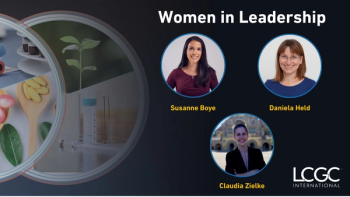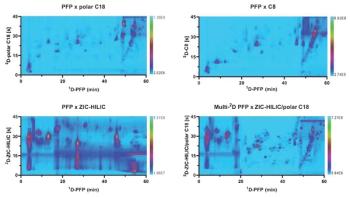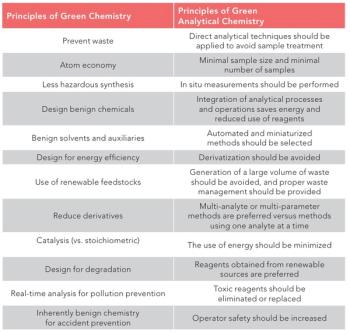
- The Application Notebook-06-01-2008
- Volume 0
- Issue 0
From the Publisher: The Application Notebook: A Critical Market Barometer
Like any other segment of the world economy, current events and the realities of the world around us go a long way toward shaping the direction of chromatographic research and development, and consequently, the financial trends that have a direct impact on the industry in which we all live and work. In this sense, the LCGC Application Notebook has become something of a market barometer over the years.
Like any other segment of the world economy, current events and the realities of the world around us go a long way toward shaping the direction of chromatographic research and development, and consequently, the financial trends that have a direct impact on the industry in which we all live and work. In this sense, the LCGC Application Notebook has become something of a market barometer over the years.
Michael J. Tessalone
As anyone keeping up on current events will tell you, the worldwide news media has been full of stories concerning safe drinking water, EPA regulations, toy safety and the recent lead paint scare, and especially at this time of the year, gasoline prices. It may surprise some readers to see how quickly these issues, which may seem strictly sociopolitical on the surface, can make their way into the content of LCGC North America, and in particular, into this, the June issue of the LCGC Application Notebook. Just a quick glance at the table of contents will reveal a striking increase in the number of application notes dedicated to chromatographic methods aimed at increasing water purity, making toys safer for children, and developing new and more affordable biofuels to decrease dependence on traditional oil markets.
We are proud of what the Application Notebook has become over the years, and now, in addition to this issue serving as a valuable laboratory resource and a vehicle to connect vendors with customers, we feel confident stating that this issue has now become a critical market indicator as well — both for the chromatographic community and the economy at large. As always, for those who are interested, we have included information about submitting materials for our next supplement in this series, September 2008. This information can be found on "Call for Application Notes", and we invite you to contact us at the e-mail addresses listed in the masthead with any questions, comments, or feedback.
Enjoy the issue!
Michael J. Tessalone
Group Publisher
Articles in this issue
over 17 years ago
On-site Sample Preparation Using MEPS for Waste Water Analysisover 17 years ago
SELS — Solvent Enhanced Light ScatteringNewsletter
Join the global community of analytical scientists who trust LCGC for insights on the latest techniques, trends, and expert solutions in chromatography.




